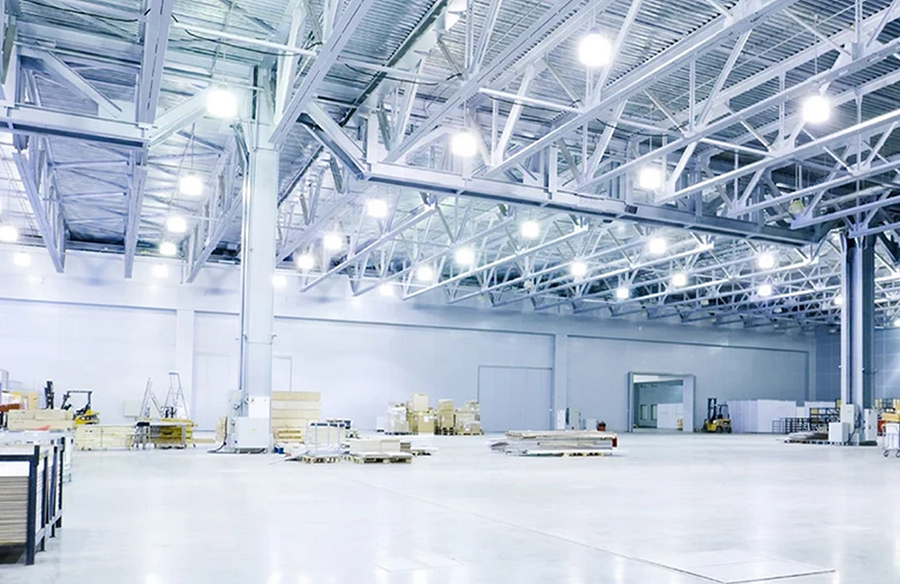Achieving the perfect balance between functionality and aesthetics in commercial lighting design is paramount. However, one significant challenge that designers often face is glare, which can lead to discomfort and visual impairment. In this section, we’ll explore practical tips to minimize glare and create visually comfortable commercial spaces.
Recognizing Glare Sources
Before addressing glare, it’s crucial to understand its origins. Direct glare emanates from overly bright light sources within the field of view, while indirect glare results from light bouncing off reflective surfaces. Identifying these sources enables designers to implement effective glare reduction strategies.
Strategic Light Placement
Proper placement of light fixtures is essential to minimize glare. Avoid positioning lights directly in the line of sight, opting instead for indirect lighting techniques that distribute light evenly. Combining ambient and task lighting helps create a comfortable visual environment while reducing glare risk.
Selecting Appropriate Fixtures
Choosing fixtures with proper shielding, diffusers, or lenses is vital for glare reduction. Indirect fixtures, such as wall sconces or pendant lights, provide pleasant ambient lighting without directly exposing the light source. Adjustable fixtures allow precise light direction, further minimizing glare.
Harnessing Natural Light
While natural light offers numerous benefits, controlling it is essential to mitigate glare. Shading devices like blinds or curtains help regulate incoming light, while diffusing natural light through frosted glass creates softer illumination.
Utilizing Lighting Controls
Modern lighting control systems offer dynamic lighting adjustments to reduce glare. Dimmers, motion sensors, and occupancy sensors tailor light output to specific tasks or occupancy levels, ensuring optimal brightness without discomfort.
Incorporating Surface Finishes
Surface finishes can affect glare levels significantly. Opt for matte or textured finishes to minimize light reflection, and choose light-absorbing materials to prevent light bouncing. Carefully selecting surface materials enhances visual comfort while maintaining aesthetic appeal.
Regular Maintenance
Proper maintenance is crucial to prevent glare-related issues. Regularly cleaning fixtures and surfaces removes debris that can obstruct or scatter light, ensuring optimal performance and reducing glare over time.
In conclusion, glare reduction is a vital aspect of commercial lighting design, enhancing the well-being and satisfaction of occupants while creating visually appealing spaces. By implementing these tips, designers can achieve optimal lighting solutions that prioritize both functionality and aesthetics.

